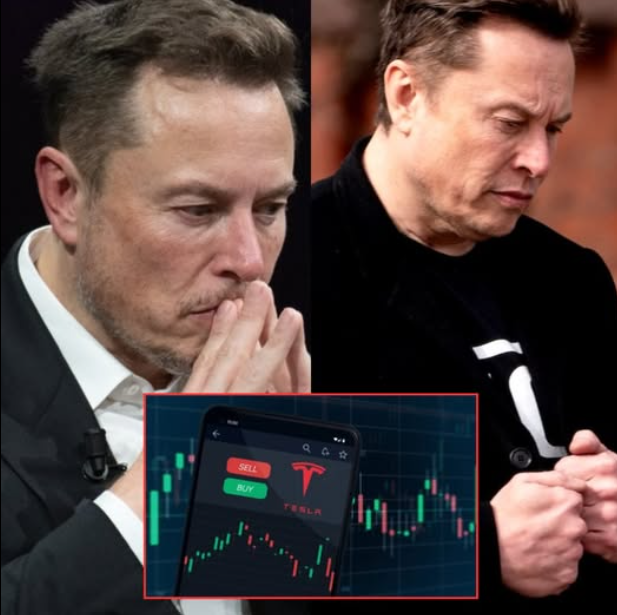Tesla is facing its most dramatic market downturn in years, with its stock plunging more than 36% in the first quarter of 2025—erasing a staggering $460 billion in value. Once the poster child of innovation and investor excitement, the electric vehicle giant now finds itself weathering a storm fueled not only by market pressures but by its CEO’s growing entanglement in politics.
This marks one of the worst quarters in Tesla’s 15-year history on the public markets, second only to the final months of 2022 when Elon Musk’s acquisition of Twitter triggered a 54% drop in the company’s shares. Back then, Musk sold over $22 billion worth of Tesla stock to fund the deal, rattling investors. Now, a familiar sense of unease is creeping back in.
While Tesla’s sliding sales in Europe and China and mounting competition from rivals like BYD have played a role in its decline, analysts suggest the deeper issue may lie elsewhere—specifically, in Musk’s recent political endeavors.
Musk’s appointment as head of the Department of Government Efficiency (DOGE), a new federal agency under the second Trump administration, has sparked intense scrutiny. Launched with the goal of slashing government spending, DOGE claims to have saved $140 billion so far. But investors seem far more focused on the $460 billion they’ve lost.
Even Musk acknowledged the toll during a recent rally in Wisconsin. “This is a very expensive job,” he quipped, referring to the financial fallout. What was meant to be a campaign stop for a conservative judicial candidate turned into a defense of his dual roles—as tech mogul and political figurehead.
For many shareholders, the blending of business and politics is becoming too much to bear. “Tesla investors didn’t sign up to be part of a political movement,” said Karen Holtzman of Trident Capital. “There’s a real conflict of interest here. You can’t run a public company and a government agency while promoting partisan causes.”
Signs of discontent are growing. Data from Edmunds shows that more Tesla owners are trading in their vehicles than ever before, opting for alternatives across both new and used markets. Online, videos of vandalized Teslas—scratched, spray-painted, or worse—have gone viral, fueling a perception that owning one is now a political statement.
Meanwhile, Tesla’s grip on the EV market is slipping. In China, local manufacturer BYD continues to dominate, accounting for nearly a third of new EV sales last quarter—compared to Tesla’s modest 6%. BYD’s edge in affordability and charging technology highlights pain points Tesla has yet to address. European markets are also proving difficult, as homegrown automakers and agile startups bring competitive EVs to market.
The company’s global struggles are forcing tough questions about leadership. Critics argue that Musk has grown increasingly distracted, with more time spent at political rallies and on social media than in Tesla boardrooms. “It’s unclear who’s actually running Tesla on a day-to-day basis,” said Jeremy Linwood, a corporate governance expert at Wharton. “That uncertainty is unnerving investors.”
Though Musk remains the public face of Tesla, sources suggest a more decentralized executive team is managing operations. Still, without Musk’s full focus, many wonder if the company can sustain the visionary drive that propelled it to the top of the EV market.
Yet not all hope is lost. Industry observers like tech investor Mark Coulson point out that Tesla still holds several key advantages, including leading profit margins and the largest charging infrastructure in the U.S. But for the company to stabilize, a shift in priorities may be necessary.
“You can’t run a trillion-dollar business in your spare time,” Coulson said.
Tesla’s dramatic first quarter stands as a warning about the risks of spreading leadership too thin and merging personal politics with public business. Musk has built his career on bold moves and big risks—but as the financial consequences mount, the question becomes: at what cost?
As the second quarter begins, the spotlight remains fixed on Musk—not just as a tech titan, but as a polarizing figure whose choices could shape the future of one of America’s most iconic companies.










